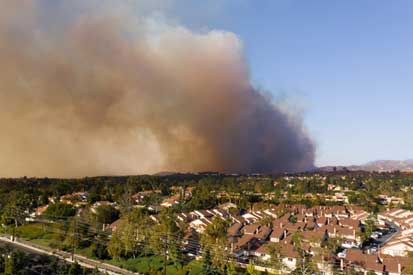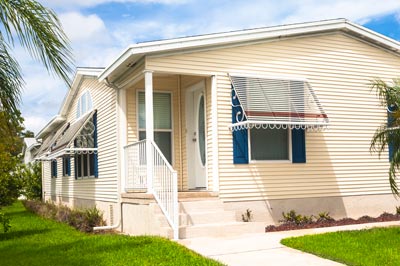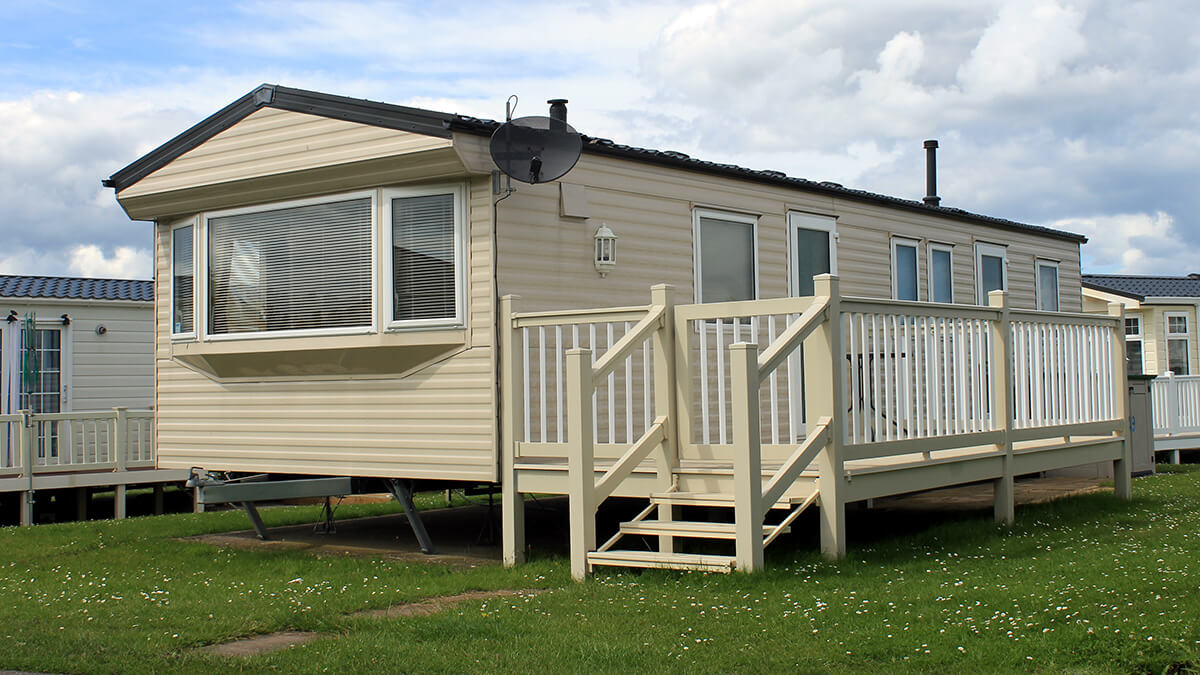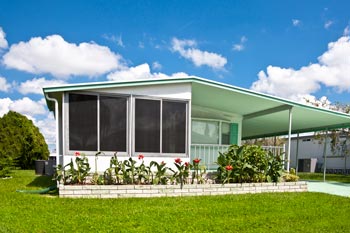Wildfire Preparedness: Are You Ready?

If you live in an area that's prone to wildfires, it's important to take steps in and around your home to reduce the risk of damage - aka “hardening” your home. Use this guide to learn how to make your property more resistant to wildfires and increase your home's likelihood of survival.*
Roof
Roofs are rated Class A to Class C based on how fire-resistant they are, with Class A being more fire-resistant than a Class C rated roof. Examples of Class A materials are clay, concrete and most asphalt shingles on the market. Class C materials include wood shakes and particleboard. If you are unsure what class your roof is, a professional should be able to evaluate it.
Windows
Large, single-paned windows are vulnerable to wildfires. Multi-paned windows that have at least one pane of tempered glass can help reduce the chance of breakage in a fire. If you have a bay window on the ground level, closing the area underneath the window with noncombustible siding can help prevent fires from forming underneath the window.
Vents
According to the California Department of Forestry and Fire Protection, flying embers can be carried more than a mile through the wind and are the main cause of homes igniting in wildfires. Covering vent openings with 1/16-inch to 1/18-inch metal mesh can reduce the ability of embers entering your home.
Gutters
Keeping gutters clear, especially during hot and dry seasons, can reduce fire hazards. Leaves, twigs and other debris in the gutter can serve as fuel for embers. Another option is to install gutter guards which help prevent leaves and other debris from landing in the gutters in the first place.
Siding
If your home's siding is vinyl or un-treated wood, one thing you can do to help protect your home is to replace it with a noncombustible material such as concrete-fiber board, brick or stucco. If you cannot replace all your siding, replacing the lowest 12 inches of it may reduce your risk.
Decks and Fences
Spraying your deck and fence with fire retardant spray may prevent fire spread. If your deck sits less than four feet above the ground, enclose the area underneath it to keep debris out and prevent embers from landing in there. If you want a more permanent, fireproof solution, consider replacing your deck and fence with noncombustible materials.
Trees
Trim any tree branches that overhang your roof. Ensure all branches are six feet from the ground and trim the higher branches so they are at least 10 feet away from any neighboring trees. If you have a dead tree on your property, the entire tree should be removed as they are an extreme fire hazard.
Yard Debris
During wildfire season, it is important to clean up any debris on your property such as pine needles, dead leaves, weeds and anything else that could easily catch on fire — and pay special attention to the five feet immediately surrounding your home.
*For more information, check out these resources/sources below.
https://www.readyforwildfire.org/prepare-for-wildfire/get-ready/hardening-your-home/
https://disastersafety.org/wildfire/wildfire-ready/
https://www.farmers.com/catastrophe/wildfire-defense/


